A slight alteration of one or more of the biotic and abiotic factors will affect other organisms’ populations in an ecosystem. The biotic factors affecting the deer’s population include human conservation measures, building a highway, the influx of cougars, diseases, and deforestation, while the abiotic factors are temperature, water, rocks, soils, acidity, and humidity. The conservation measures secure a habitat for the deer to thrive in, increasing their population while deforestation and wildfires destroy the habitat, hurting the population. On the other hand, the construction of a highway predisposes the deer to road accidents, leading to decreased numbers. Cougars prey on deer; hence, their influx will cause the population of deer to decrease. The entry of diseases into an ecosystem will cause mortalities of the deer. An increase in precipitation causes the habitat to flourish, food supply is increased, and consequently, the deer population increases as well.
An ecosystem refers to a complex community of biotic and abiotic factors, the physical environment, and the interrelationship between them in a given space. Biotic factors entail all living organisms in the community, and they include humans, animals, plants, viruses, and bacteria, while abiotic factors are non-living things such as soil, rocks, water, acidity, and humidity. In an ecosystem, energy is essential, and it is obtained from sunlight. The energy then flows in the ecosystem through a food web. Within the ecosystem, specific organisms occupy a given area referred to as a habitat, which provides them with shelter, nutrition, and water for their survival. Niche entails the ecological role an organism plays in the ecosystem. It is defined by the animal’s behavior, such as how it eats or where it lives.
Food Web and Interconnectedness
The biotic components of a local ecosystem are plants, grasshoppers, butterflies, frogs, and birds, while the abiotic factors are temperature, water, rocks, soils, acidity, and humidity. In the food web, plants play a vital role. Plants require adequate humidity, soils containing nutrients, water, and appropriate pH for their growth. If there is a deficiency or an excess of one of the abiotic components, the plants may wither, and the food web will be affected. Moreover, the abiotic components form the shelter for some biotic factors such as frogs.
Food Web of Biotic Components
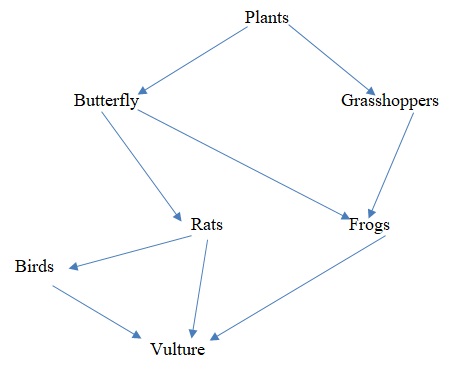
Activity 2
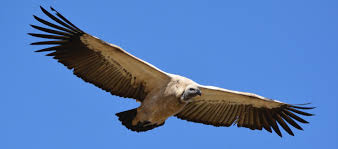
Predation. Vultures prey on lizards, insects, rodents, small birds. They also feed on animal carcasses.

Mutualism. Human beings provide domestic animals with food, shelter, and veterinary care, and in turn, the animals offer milk, eggs, and meat.
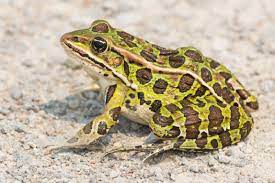
Mutualism with the tarantula. The tarantula protects the frog from predators, and in turn, frogs protect the tarantula’s eggs.
Competition. They compete with fish for algae in the water.
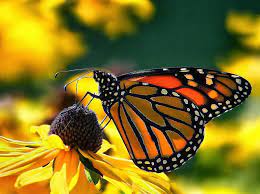
Mutualism. They help in pollination in plants while they obtained food.
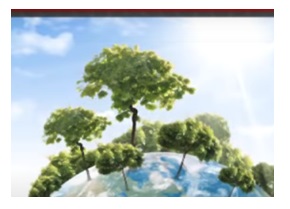
Commensalism. Plants are in a commensal relationship with spiders. The latter uses plants to support their webs, while plants have no benefits from this relationship.
Activity 3
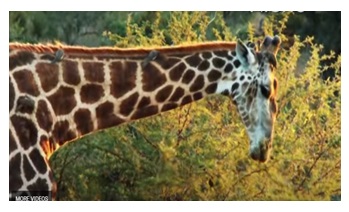
The primary habitat for giraffes is the savannah woodlands and grasslands. They have a unique niche in the savannah. They are selective browsers, which slows the growth of bushes and trees, hence maintaining the woodlands.
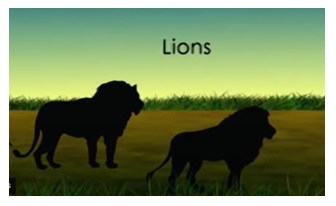
Lions are mainly found in the hot areas in Africa and parts of Southeast Asia. In their niche, they are on the top of the food chain, and they prey on other animals for food. This helps control the population and balance the ecosystem.
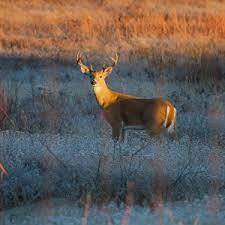
The habitat of a white-tailed deer involves mixed forests, wooded farmlands, and even coniferous forests. In the ecosystem, they play a role as prey and herbivore. They are a source of food for humans, wolves, coyotes, among others. They also feed on plants and vegetation, hence preventing their overgrowth.
Coevolution
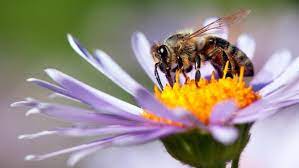
Coevolution occurs when two or more organisms affect each other’s revolution. It happens when the two organisms interact with the other during an evolutionary time (Pyke, 2019). A good example is between plants and insects; most plants depend on insects such as bees for pollination, and in turn, bees get nectar. Therefore, an evolutionary change in the plants will affect the insect’s evolution.
Reference
Pyke, G. (2019). Animal movements: An optimal foraging approach. In J. C. Choe (Ed.), Encyclopedia of animal behavior (2nd ed., pp. 149-156). Elsevier Academic Press.